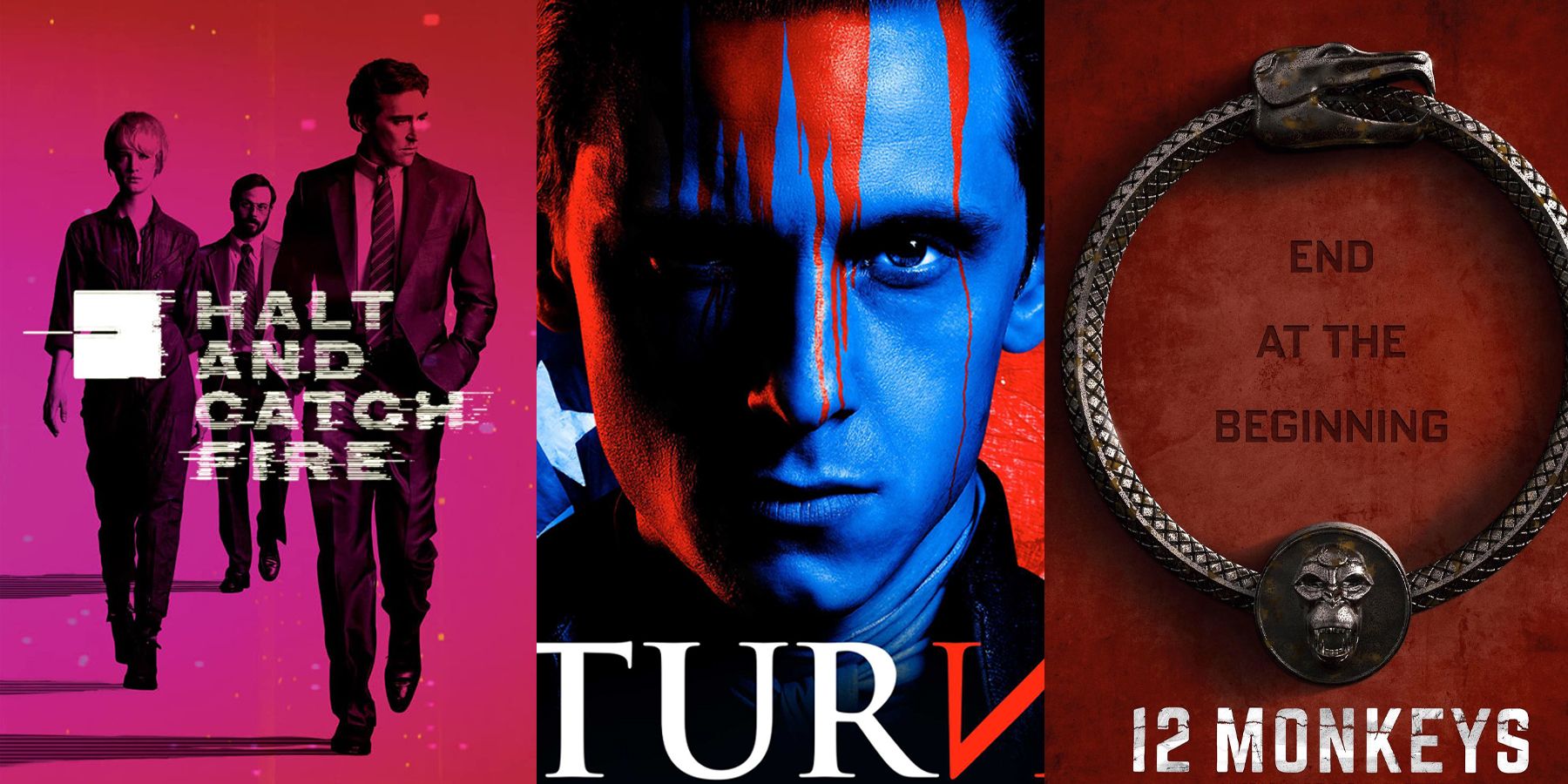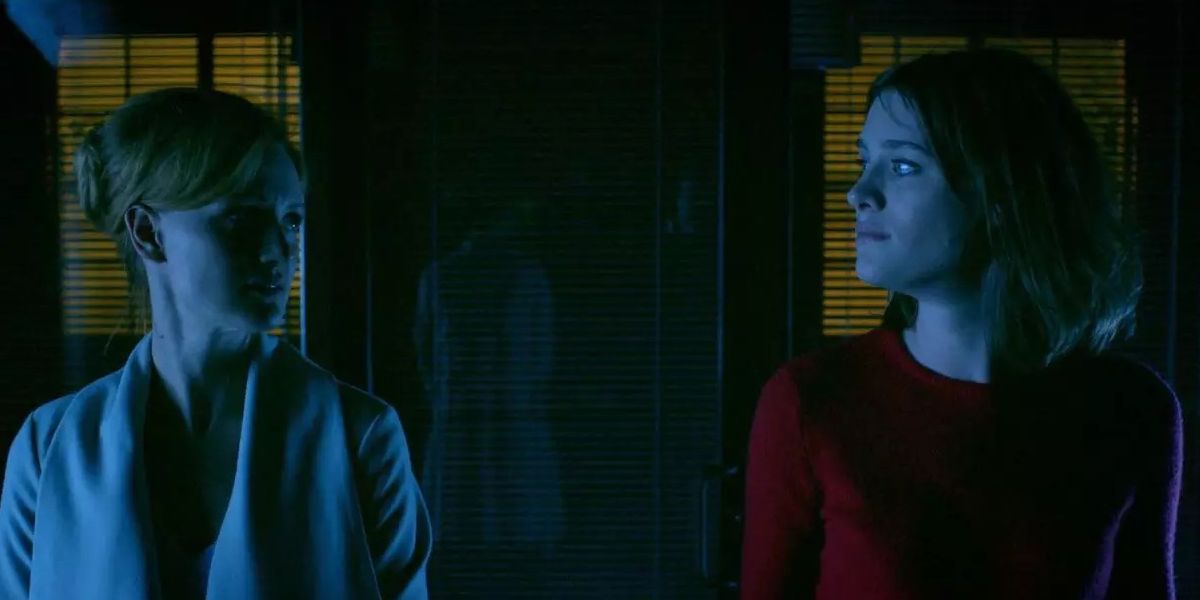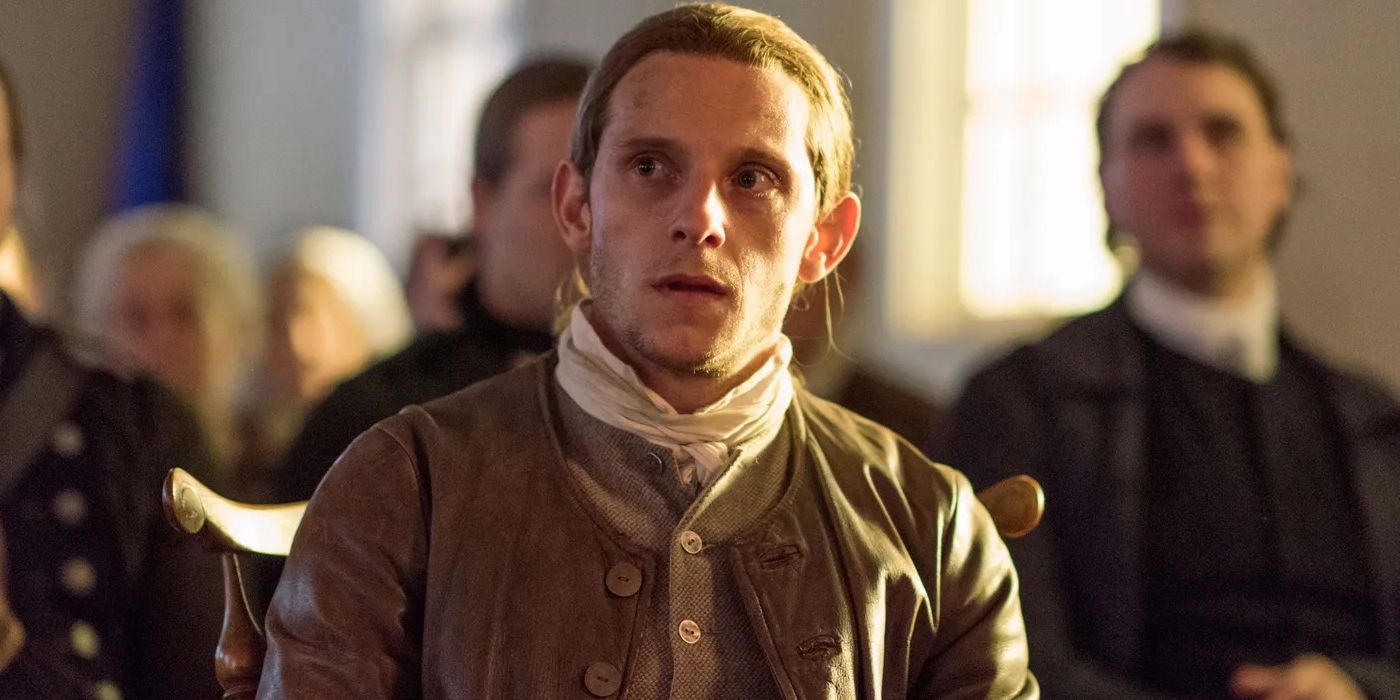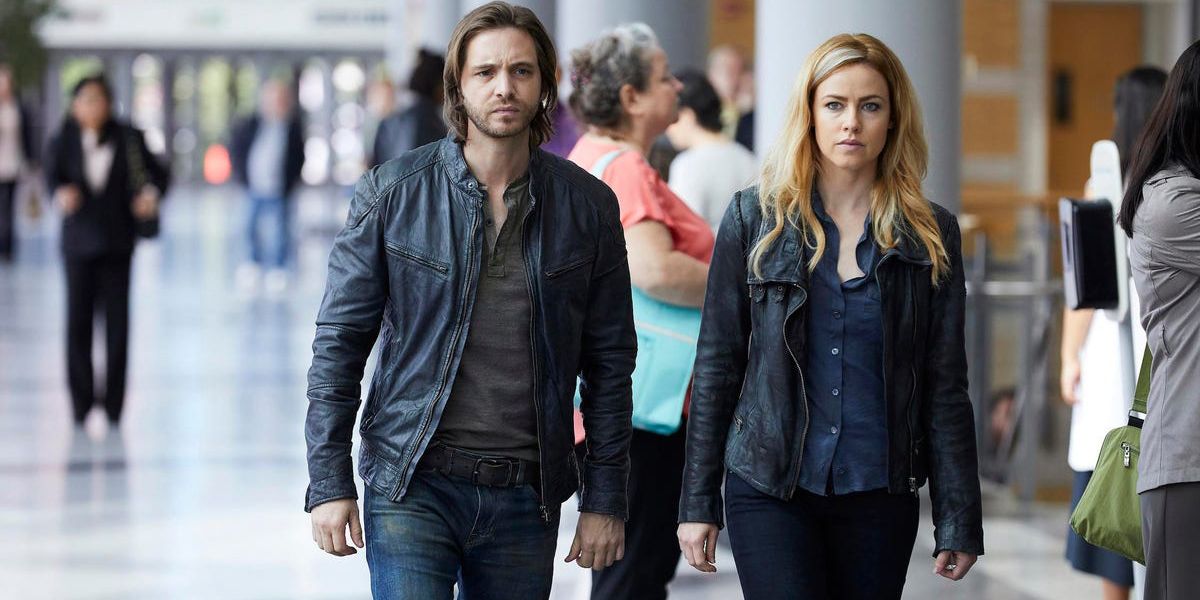Writing for Entertainment Weekly just prior to the release of Deathly Hallows, Stephen King summarized the essential difficulty of writing finales: “No ending can be right, because it shouldn’t be over at all. The magic is not supposed to go away.” In the case of Harry Potter, it was literal magic — but all stories bring a little bit of magic into the lives of audiences, and it is always hard for viewers to say goodbye to that magic when it ends.
Some finales have managed to deliver for their viewers, but the overwhelming majority of popular shows end with a whimper. Therein lies a curious phenomenon, as some of the most satisfying finales in recent television have also been some of the least-watched. Is flying below the pop culture radar the secret to a successful conclusion?
It is important, especially in the post-Lost era, to recognize the narrative function that a television finale serves (as opposed to the ending of a book or a movie). A multi-season, serialized plot should not be defined by its finale — otherwise, the audience would not know what they were watching until they got to the end. This was the very problem of Lost: much of its allure lay in its mystery box, which spent too much time introducing questions and too little time resolving open threads. As a result, the finale had to do the work of solving all of its mysteries and wrapping up the arcs of individual characters and plots; it was too little time to do so much narrative labor. A finale should offer resolution, not constitution. It should align with the story that has been told all along, while acting as a natural stopping point for the viewers’ access to the lives of the characters.
Few writers have understood this task as well as Christopher Cantwell, creator of AMC’s Halt and Catch Fire. The series’ conclusion is unparalleled in its eloquence — particularly its final scene, in which Donna and Cameron begin plotting their next venture after a prolonged estrangement. In a contemporaneous interview with Vox, Cantwell laid out his idea of where a finale should leave characters:
“You want to know that things won’t continue as business as usual for these people from here on out. In the full spectrum of their lives, here is the cross-section of their lives that we told because it was the interesting one.”
This is exactly the philosophy employed in the series' last episode. The final scene starts something new for the show’s characters, but it does so by building on the show’s main theme, which has been there all along.
From its first episode, Halt and Catch Fire captured the breathless sense of raw possibility that inspires the kind of technological innovation the show depicted. The delight of watching the show lies partly in the depth of its characters and their compelling struggles, but the show’s greatest strength is the wonder it invites its audience to feel as its visionaries pursue dreams that viewers already know will come true. Thus, there is no more perfect ending than to see two of those visionaries take hold of a new dream — even introducing a story that viewers will not see told. Moreover, the ending suggests to viewers that the close of the story is not also an endpoint for the characters. The innovators will continue to innovate, and everyone will be okay.
AMC has built its reputation on prestige dramas crafted around complex characters, and that complexity is on full display in the finale of Turn: Washington’s Spies. Turn is a show filled with patriots (representing both sides of the American Revolution), yet its protagonist becomes involved in an essentially patriotic conflict for pecuniary motives. Abe’s unwavering focus on himself and his circumstances might make him less likable as a protagonist — except that his flawed motivation also makes him more human.
It is telling that Turn does not conclude with glorious victory and long-awaited public acclaim, as it was never about the American Revolution as much as it was about the people who made that revolution possible. What Abe gets instead is private recognition and fractured legacy, a perfect metaphor for the messy legacies of history. The finale resonates because it feels real. Instead of contriving a happy ending for its long-suffering characters, Turn concludes the story of a fraught period with an unflinching parting glance at the flawed people who lived through it.
But finales are not only about characters. Audiences also want satisfying resolutions to serial plot arcs, and Syfy’s 12 Monkeys proved that a finale can have both. Although the goal of the characters throughout the series is to stop the world-ending pandemic before it starts, most of 12 Monkeys’ action revolves around actually figuring out the origin of the pandemic (then of the 12 Monkeys, of Titan, etc.), so that it can be stopped. As a result, the episode leading into the two-part finale, “Daughters,” reads as the climax of the story, pulling all the unresolved threads together deftly — not into a resolution, but into a proposed resolution, which the finale needs only to execute.
“Daughters” is an incomparable episode of television, satisfying and heart-wrenching, fortifying the recursion that has haunted the show all along. Given that theme, it is fitting that the finale rehashes the initial conflict of Twelve Monkeys’ first season: the battle between what has been lost in the pandemic and what will be lost by erasing the years since it began. The stakes are more personal and more immediate, but the core question is the same, and Cole remains steadfast in his commitment to the answer. His being erased from existence after such a bold sacrifice might feel like the most authentic ending, but it would be unsatisfying for the viewer to see that sacrifice go unrewarded. 12 Monkeys is provocative, but it is not cruel. Jones’s semi-miraculous workaround to keep him alive does not feel trite because it was hard-earned.
What these three shows share (besides wonderful writing and magnificent performances) is their relative obscurity. Each series maintained a modest, if devoted, following throughout its run. There is an easy logic to the correlation: perhaps it was the pressure of audience expectations that caused Lost to fall flat, that blew apart Game of Thrones in its final episodes. Perhaps the final implosion of a failed finale results from trying to cater to the diverse tastes of too broad an audience.
Certainly, this explanation explains some of the weaknesses in failed finales, but it obscures an essential problem. Many finales fail to satisfy audiences because they expose weaknesses that were present throughout. Both Lost and Game of Thrones suffered from a lack of unifying vision long before their last episodes, so they delivered vague (Lost) or stock (GoT) endings in place of real, motivated resolution. Dexter suffered because it went too far in humanizing a fundamentally problematic character; How I Met Your Mother stuck too literally to its title-as-premise, ignoring character arcs in order to fulfill a vestigial goal.
The better explanation for why overlooked shows deliver fantastic finales is that the era of Prestige TV allowed genuine artists to toil in relative obscurity, telling their stories without the constraints that accompany high viewership. Halt & Catch Fire, Turn, and 12 Monkeys are all good shows, and they have good finales because their creators were given the freedom to tell complete stories. Whether such shows will continue to be made remains to be seen, but these three series provide a blueprint for future showrunners. The key to a successful finale is to make a good show, and the best way to end a good show is with a rewarding finale.




